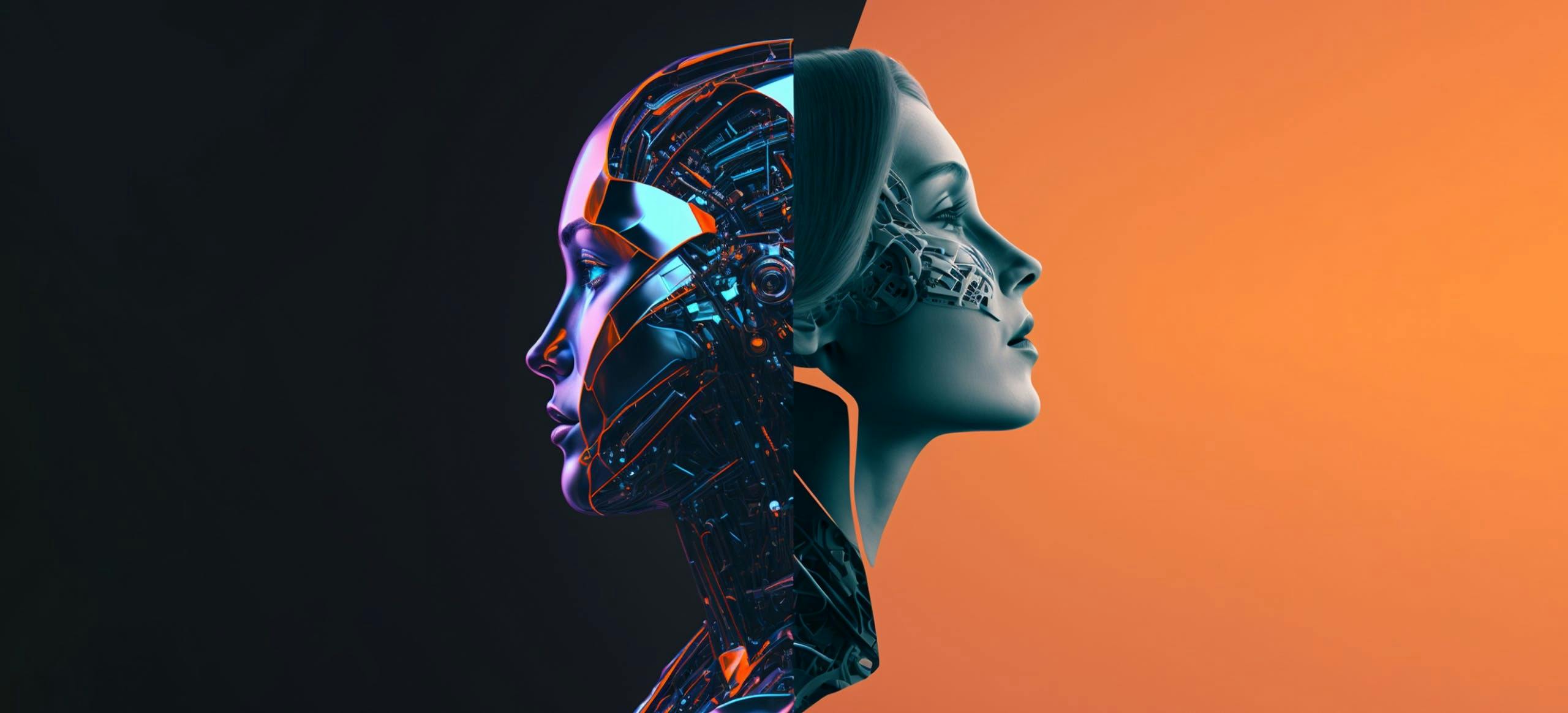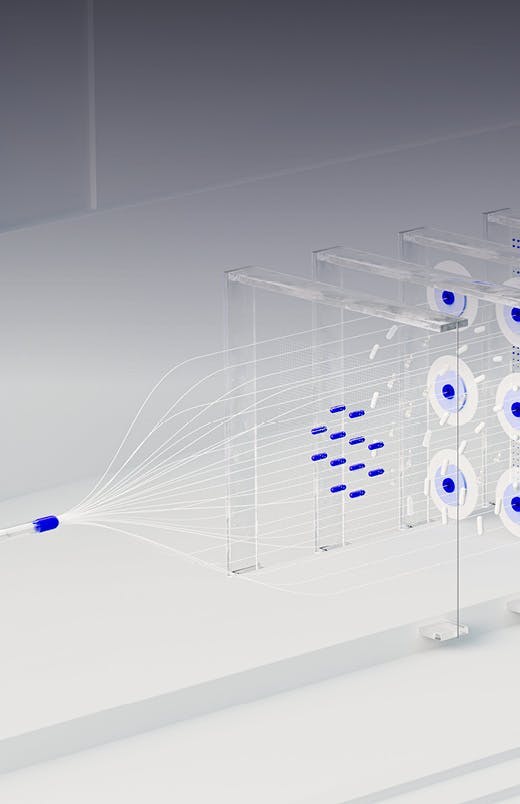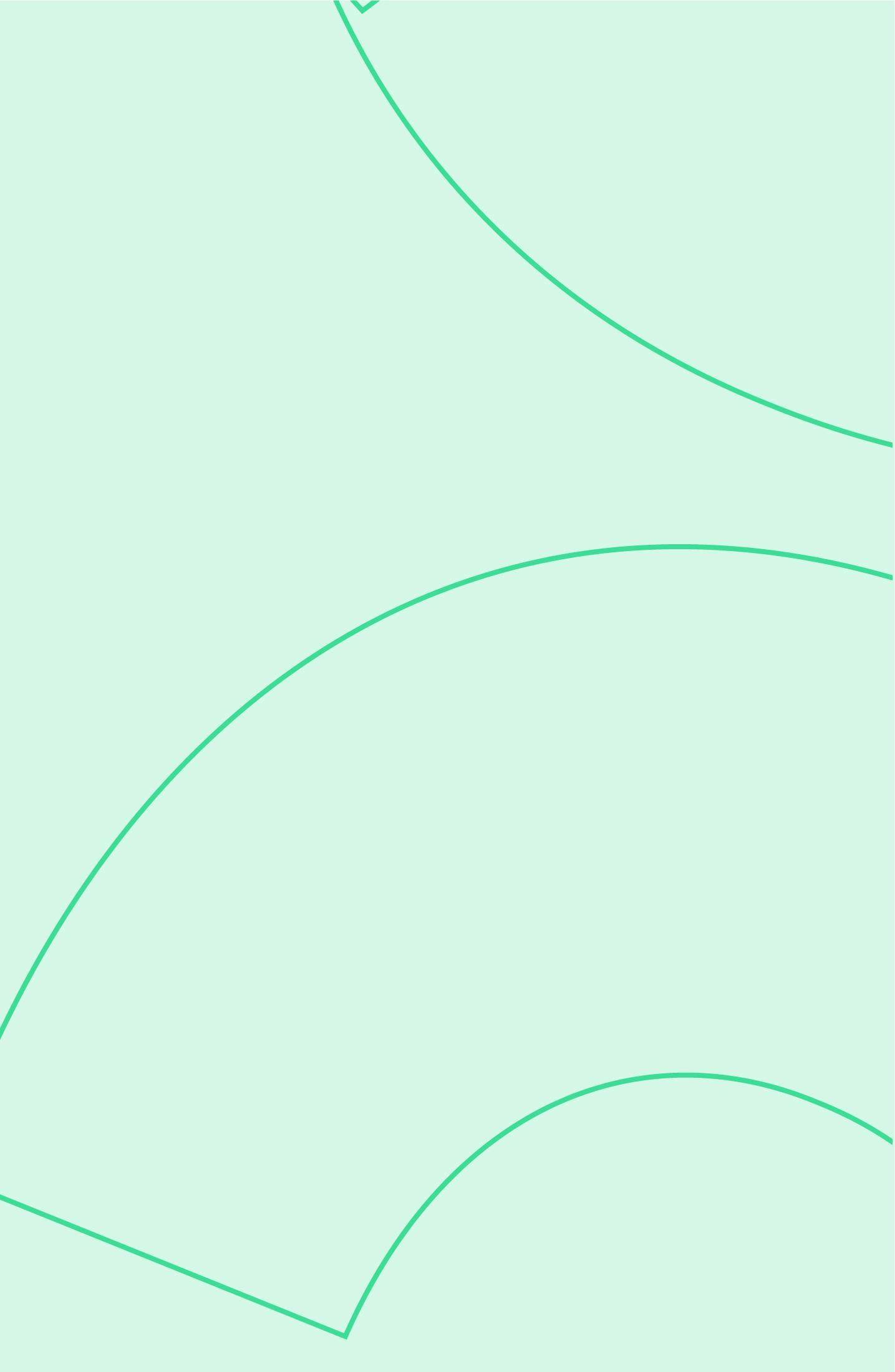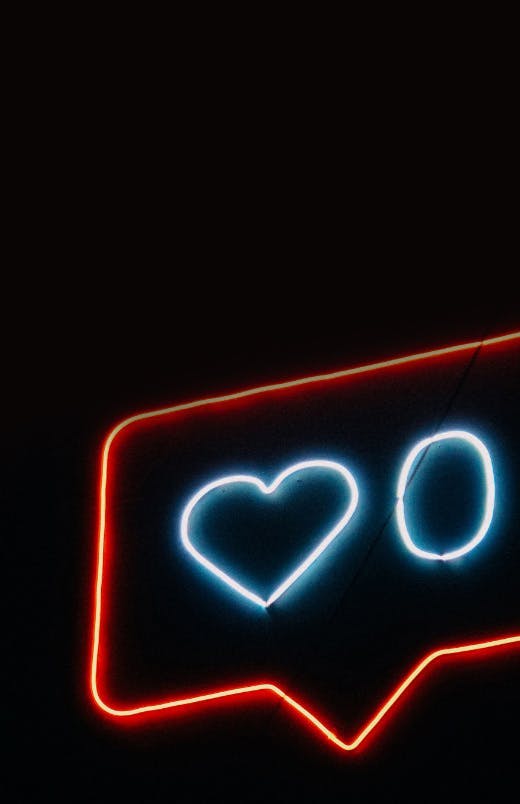Designing the future: the power of AI in the creative process
AI and creativity might seem like opposites, but they're actually perfect partners. The integration of generative AI into the creative process is opening up new possibilities in design. With AI, designers can generate new ideas and concepts quickly and efficiently, and even explore new design possibilities that were previously impossible. Moreover, AI can also help designers to make better decisions, as well as to optimize and streamline their workflows.
Like the introduction? It was actually written by ChatGPT, OpenAI’s text generating model. It has been in the news a lot lately – and with good reason. It’s one of the fastest-growing consumer applications in history, reaching 1 million users within 5 days of launch. For context, Instagram took two and a half months to reach that point and Facebook, ten months.
ChatGPT is a platform that can draft emails, scripts, social media posts, and even business plans. If you look on YouTube, you’ll find endless videos explaining how you can use it to create a business from scratch – and make money out of it. Even Buzzfeed is getting in on the act, announcing that they’ll be using ChatGPT to help generate quizzes and new forms of content.
It seems this easy-to-use interface, which anyone can play around with, has opened the world’s eyes to the possibilities of AI.
An AI explosion
Since ChatGPT’s launch in June 2022, many others have jumped on the bandwagon and launched their own AI models.
Including the likes of Dall-e and Midjourney who are making it easier than ever to generate imagery. After a simple sign-up, users can produce original images based on a simple prompt. In fact, the banner for this blog post was created that way. We just asked Midjourney for ‘The partnership between humans and AI’ (plus a string of modifiers which could be a blog post on its own) and hey presto!
There are so many benefits to this type of tech. Many people are creative but don’t necessarily have the skills to turn their ideas into reality. With tools like Midjourney, anyone with a computer and an internet connection can harness that creative vision and bring it to life. It makes it easier to be a creative – and that can only have a positive impact on the industry.
AI: friend or foe?
So what does this mean for creative agencies? Are we all out of a job? Should we be scared? The short answer is no. As impressive as AI’s generative abilities are, it cannot replace the imagination of creative professionals. It’s up to humans to decide how best to use AI to improve what it’s already capable of. What it does mean, similar to any past innovation, is that the people who embrace AI and embed it into their creative process will have an edge over the competition.
One example of how creative teams are already using AI to inform their process is Hot Wheels toy maker Mattel. They recently used DALL-E 2 to generate early visual concepts for new car designs before handing them over to a designer to develop them into a finished concept ready for creation. Really, it’s a case of working smarter, not harder, and utilising what’s available. One could even argue that the conceptual art that an AI generates is far beyond anything a human could imagine.
Another great example is Heinz who took a different approach to generative AI and developed an entire campaign using it. Rather than using AI as a tool to help with the early stages of the creative process, Heinz thought outside the box and leveraged their unparalleled brand recognition. They asked DALL-E 2 to ‘draw ketchup’ and naturally the results were almost always very close to a branded bottle of Heinz ketchup. It’s a great way to test how effective their brand is and when turned into a campaign, it’s impactful, powerful and entirely unique.
What lies ahead?
We agree with Forrester’s predictions. Human-produced content creation will never be fast enough to address the need for personalised content at scale, and in the next year, we expect to see at least 10% of companies invest in AI-supported digital content creation. Models for text, image, audio, and video creation will become an intrinsic part of daily workflows in both existing tools and new applications.
And the progress goes on. Most current AI models are locked at a moment in time and can access anything available to them up until that point. OpenAI is set to launch ChatGPT-4 in the first half of this year. It’s 500x more powerful than the current iteration and will be able to learn as it goes. Generative video will not just be possible, but it will be of good quality. Developers are also currently working on building a fact checker into the code so that it can make sure that what it’s generating is correct.
Never standing still
At Six, we’re experimenting with AI, exploring all the new models as they launch and trying to understand how we can get the most out of these tools and use AI as part of our workflow.
We’ve had great fun using ChatGPT to quickly verbalise our rough ideas and with Midjourney to generate visualisations of conceptual ideas. Importantly, we’re not replacing any part of our creative process, we’re augmenting it to help give us the best creative solutions to any challenge that comes our way.
AI isn’t the future. It’s here now and growing at an exponential rate. It’s there for us to implement into our daily routines and to augment our creative output. It can’t replace human emotion, expression, innate creativity. What it can do is help us push further than ever before due to near-infinite resource and unlimited possibility. The collaboration between humans and AI has every chance of starting a creative revolution.
At Six, we're experts in designing digital experiences.
Intrigued by the possibilities of AI? Let's chat.
Cookies
By clicking "Allow Cookies", you agree to the storing of cookies on your device to enhance site navigation, analyse site usage, and assist in our marketing efforts. By using this site you are agreeing to ourCookie Policy.



